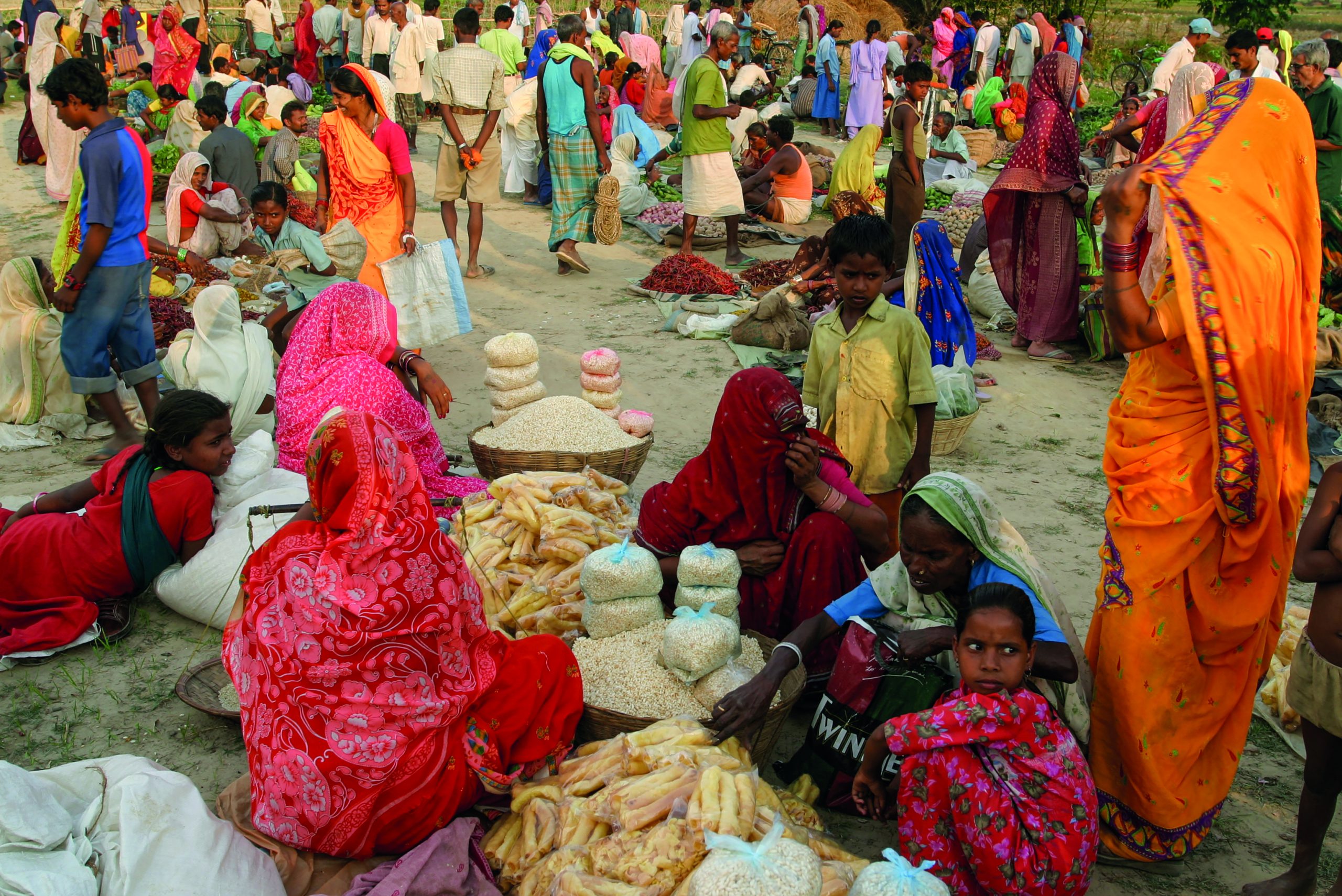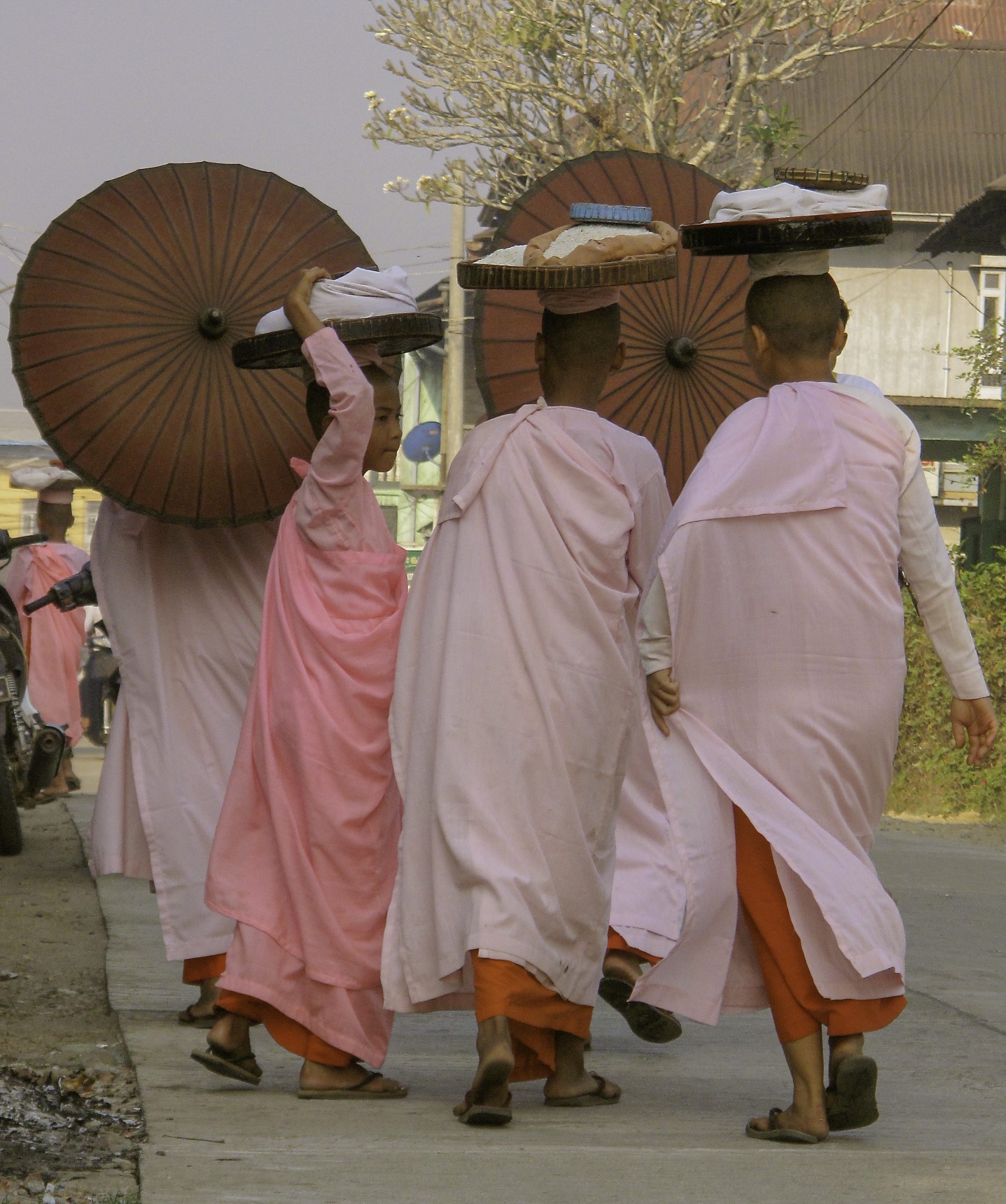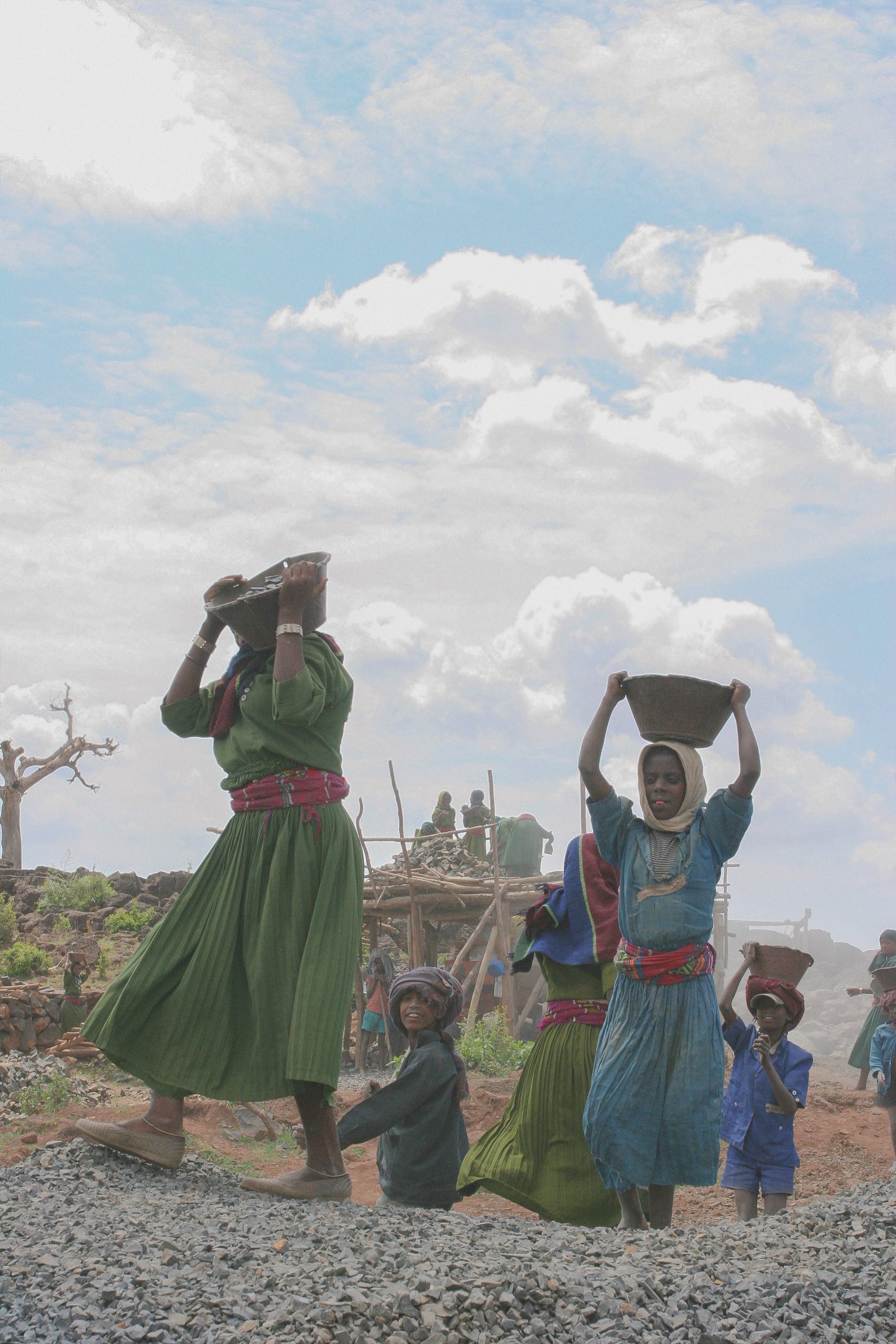Ending Poverty in Nepal
Nepal is one of the poorest countries in the world.
It is also one of the world’s
least developed countries.
Before the Covid pandemic,
poverty was disappearing faster in Nepal
than in any other of the poorest countries.
A total of 3.1 million people
had left poverty behind over a five-year period.
‘No poverty’, the first of the UN’s sustainable development goals,
aims to eradicate poverty in all its forms.
The Nepal photo exhibition consists of 10 different photographs and stories.
The photos are from 2004
1.
A woman in a mountain village in Mugu,
in far west Nepal.
On one of my travels, I found myself in Mugu,
far from the cities of Nepal.
I went there
because I had heard of Kirsti Kirjavainen,
and I wanted to interview her.
For many years,
she had been working there as a midwife
for Felm, the Finnish Evangelical Lutheran Mission.
2.
Another reason for my trip to Mugu
was to interview gunmen in the area.
They were part of a Maoist guerrilla movement.
Poor people in the countryside supported the Maoist guerrillas.
Most of the poor people in Nepal live in villages
in the countryside with no certainty of food or income.
Five years ago, many families could only
be sure of having food to eat
during a couple of months each year.
Poor food security in the villages
is due to the inhospitable surroundings,
great distances and lack of infrastructure.
The climate crisis also impacts negatively
on the situation in villages,
as do bad farming practices.
3.
When I travelled on the plains of southern Nepal,
the landscape and people seemed to me similar to those of India,
which lies south of the Nepalese border.
The communities here are extremely poor,
and many of them are so-called Dalit,
people who have no land or caste.
Development cooperation has helped the people here.
They have been given advice
on how to gain land rights to farm and live here.
Development cooperation has also helped people
to get birth and identity certificates,
which are required when they need to take out small loans.
The caste system and discrimination against the Dalit
are among the major causes of inequality in Nepal.
4.
Boys riding a water buffalo in Janakpur, southern Nepal.
One in five children in Nepal is poor.
And extreme poverty in the country
has increased due to the Covid-19 pandemic.
However, one cause for joy is that
child poverty has lessened faster than adult poverty.
Child mortality has also dropped significantly.
5.
Nepal is one of the most
disaster-prone countries in the world.
It experiences many natural disasters
and severe hazards of climate.
In 2015, there was an earthquake in Nepal.
It caused a lot of damage
and recovery has been slow.
From 2021–2024,
Finland will supply Nepal
with EUR 56 million of aid.
One of the main goals of providing the aid
is to decrease inequality in Nepalese society.
Other main goals are
to support sustainable development,
climate resilience and preparedness for disasters in Nepal.
6.
In Nepal, the impact of the Covid pandemic
on schooling has increased inequality.
Education there has been more adversely effected
by the pandemic than in many other countries
because in Nepal many families
have no access to the tools for distance learning.
They do not have the Internet,
nor even radio or television.
7.
Clean drinking water, sewers and toilets
are an essential focus of Finnish development cooperation efforts
during 2021–2024.
The goal is to provide communities with the tools
they need to cope with climate events,
and to improve their health.
Various organisations in Finland have supported water projects
that have provided more than 1.6 million people with clean water.
Water taps and toilets have been installed in schools,
which is particularly important for girls in education.
8.
One of the goals of Finnish development cooperation in Nepal
is to improve equality for women.
This also concerns disabled women
and others who are vulnerable.
In Nepal, there remains much to be understood
before all women have equal status to men,
even though the Nepalese State has signed treaties about it.
Discrimination against women is based variously on class,
caste, language, religion and region.
One in four women has suffered
physical, mental or sexual violence.
9.
In the early 2000s we visited this village in Janakpur area.
The village is on the Nepalese plains near the Indian border.
We noticed that there were very few young men.
Most of the men had gone away to work in the Middle East or India.
Women and girls had also been taken there as victims of trafficking.
The pandemic has brought men back to Nepal.
Prior to the pandemic, the money they sent back
to their families was very important.
10.
The development of Nepal was stalled by a civil war,
which lasted about 10 years and ended in 2006.
Since then, Nepal has progressed towards democracy.
A new constitution in 2015 strengthened
local government in particular,
and women’s engagement too.
Even so, Nepalese democracy is still fragile.
Finland, along with the European Union (EU),
has been part of a dialogue with the Nepalese government
to encourage the country to develop good administrative practices.















